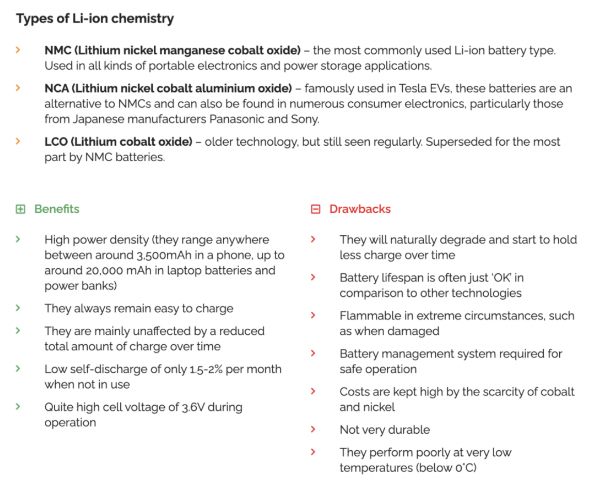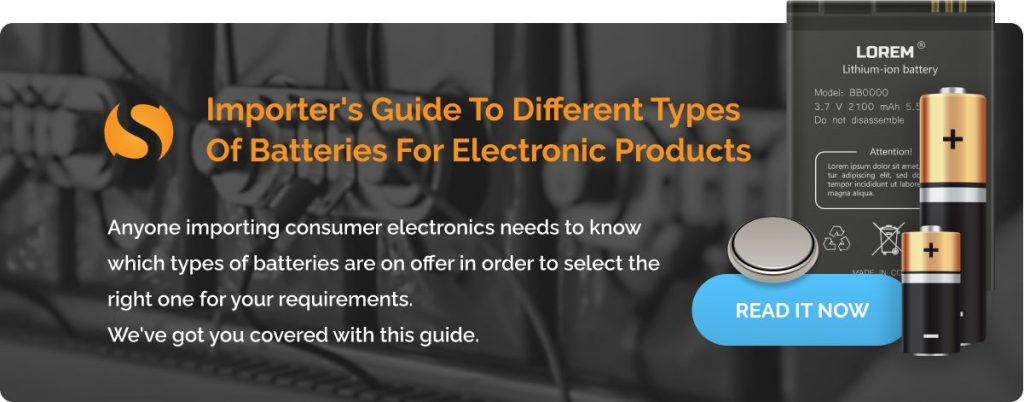A question many of our clients have asked us is, ‘What type of battery should we use in our new electronic product?” And, in some cases, the answer is not obvious for buyers who struggle with choosing the right battery.
The number and variety of cheap sensors available are now staggering. And keeping a physical object connected to the internet, or to a mobile phone’s app, has gotten easier over the past 10 years. That has sparked the explosion of IoT devices.
Those “smart” and “connected” products need a PCBA. And many (probably most) of them need a battery.
Different Types Of Batteries For Electronic Products (Importer’s Guide)
We have done the research and compiled a list of options in a long guide about different types of batteries on our sofeast.com website.
We tried to provide the basics you need to know for choosing the right battery, as well as the main pros & cons, about the most common technologies. Here is an example of what’s in the guide, in this case, about Li-ion batteries:

What else is in the batteries guide?
Buyers who are in a position where you need to choose the type of battery will get a really thorough grounding into the different types of batteries on offer that may be suitable for your product. The guide includes:
- How many different types of batteries are there? – an introduction into the types you’ll commonly find on offer for most consumer electronics to be made in China, including a definition of the difference between primary vs secondary batteries.
- Primary Batteries – this section focuses on primary batteries which are not rechargeable. You’ll see the benefits and drawbacks of the different types.
- Secondary Batteries – perhaps the longest section by necessity due to the wide use of secondary, rechargeable, batteries in today’s electronics. The pros and cons of the various types are all shown here.
- About battery capacity – to make a decision on which type of battery to use in your device, you need to understand battery capacity so we look at how it’s measured in mAh, where it can be seen, and when it’s important to know about the battery capacity.
- FAQs – this is a key section, where numerous important topics are covered, including: the difference between a cell and a battery, what information battery buyers really need from their supplier, how to test battery voltage with a multimeter, some of the key battery standards to be aware of, what a battery management system for Lithium-ion and other secondary batteries is, issues related to battery disposal, and much more.
- Glossary of key battery terminology basic terms which it’s really helpful to know, as when you’re buying batteries these will come up. For instance, do you know what Ohm’s law, cycle life, and rated capacity are? If not, this section will clear that up.
How to get the guide?
There is no downloading required. 👍 Simply hit the button below to view the guide to choosing the right battery for free directly in your browser (this link will send you to Sofeast’s website):

![Choosing the right Battery for your New Electronic Product [Long Guide] Choosing the right Battery for your New Electronic Product [Long Guide]](https://qualityinspection.org/wp-content/uploads/2020/12/ChoosingtherightBatteryforyourNewElectronicProductLongGuide-1024x538.jpg)
